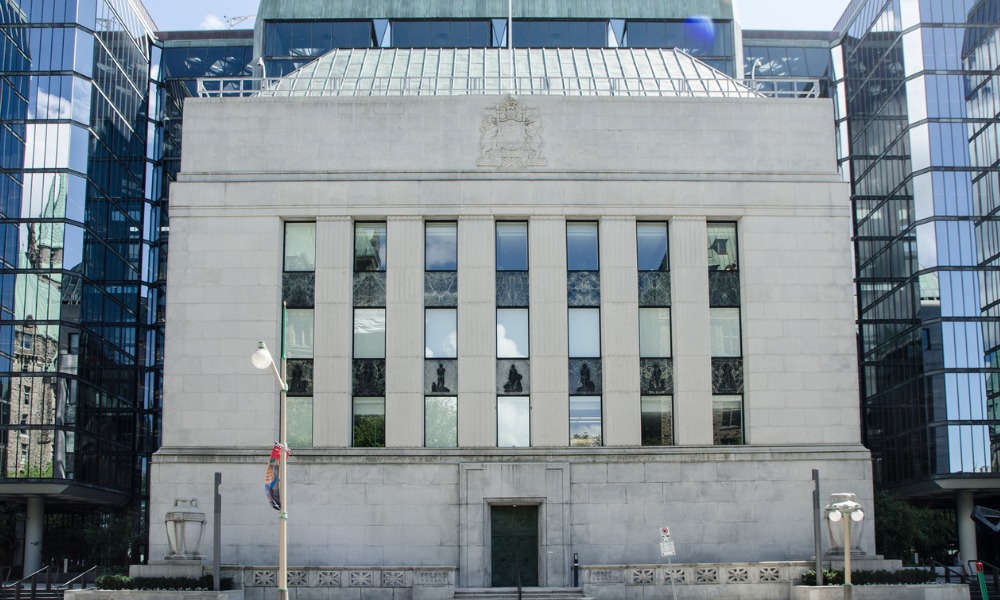Bank of Canada officials discuss gradual interest rate cuts, highlighting dependence on inflation data

Bank of Canada officials is deliberating whether to wait until July to cut interest rates.
As reported by BNN Bloomberg, this was to confirm that inflation is on track to meet the central bank’s 2 percent target.
The bank’s six-member governing council considered waiting for more consumer price data to “gain further assurance” before loosening monetary policy. Ultimately, they decided to cut the policy rate to 4.75 percent at their June 5 meeting. A summary of those deliberations was released Wednesday.
Four consecutive months of slowing underlying price pressures showed “sufficient progress to warrant a first cut in the policy rate,” according to the minutes-like summary.
Policymakers also agreed it was “reasonable” to expect more rate cuts if inflation continued to ease, wording that made it into Bank of Canada Governor Tiff Macklem’s opening remarks to reporters at the June meeting.
Still, policymakers expressed concern that progress on inflation could stall, as it did in the US, and agreed that monetary policy easing would “likely be gradual” and depend on incoming data.
Officials emphasized in their communications that they would “take future monetary policy decisions one meeting at a time.”
The governing council also discussed the possibility of Canada’s interest rate path diverging from that of the US, noting that differing policy outlooks could affect the exchange rate. Members agreed that while there were “likely limits” to divergence, “the limits were not close to being reached.”
The deliberations confirm that policymakers believe there is sufficient evidence to begin lowering borrowing costs from restrictive levels.
However, discussions about divergence and potentially waiting until July highlight the bank’s dependence on data—future cuts will require further disinflation momentum.
Other details discussed include:
- Continuing to watch the evolution of core inflation and focusing on the balance between supply and demand in the economy, corporate pricing behaviour, inflation expectations, and wage growth relative to productivity.
- Risks around the future path for inflation and economic growth, such as households renewing mortgages at higher rates, which could curb spending and economic activity more than expected.
- Concerns that strong wage growth and weak productivity could stoke service inflation.
- Expectations that wage growth will gradually ease as past labour market tightness and high inflation subside.
- Potential cuts to interest rates could lead to an overheated housing market.
- The government’s plan to reduce the temporary immigrant population could affect the forecast for inflation and growth, prompting policymakers to watch population dynamics closely.
- Geopolitical tensions, labour disruptions, or wildfires in Canada could affect global oil prices, supply chains, and inflation.
- Households’ higher-than-expected savings rate and stronger income growth could indicate greater caution among consumers or anticipation of higher debt repayments when mortgages renew.
- Agreement that restrictive policy had worked to restrain activity and slow the rate of inflation.



